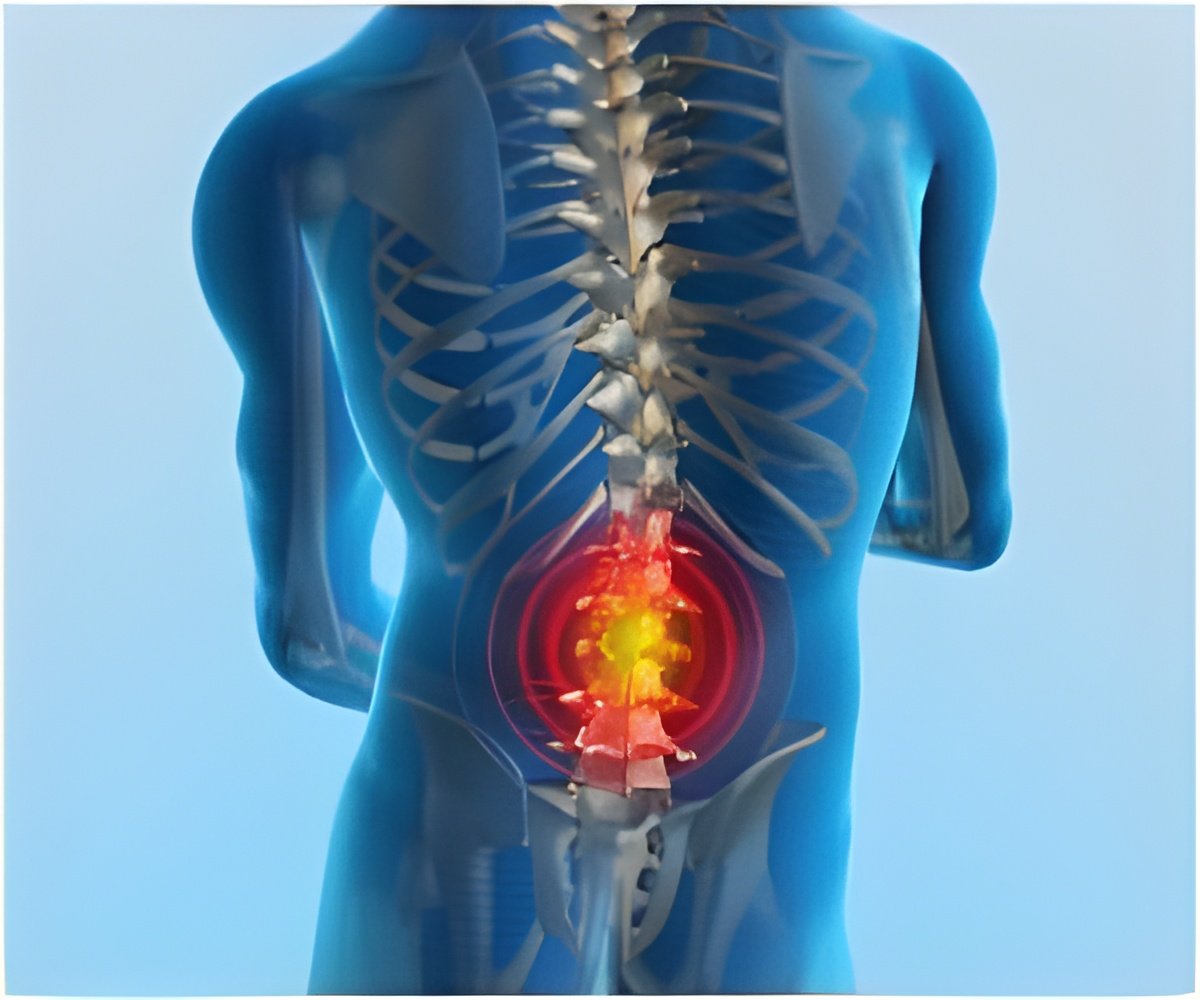
The results showed that both training methods provided effective short-term posture improvement; however, sustained improvement was only attained with the photo-training method. Both interventions had a greater effect on older workers and on workers suffering more musculoskeletal pain. The photo-training method had a greater positive effect on women than on men.
"To maintain the effectiveness of an ergonomic intervention for the long term, the intervention should be a continuous process, which includes frequent feedback," the researchers explain. "This new ergonomic method can also result in preventing MSD among workers and reduce financial loss to their employers."
The method of frequent and continuous feedback using photos was found to be effective in improving the sitting posture of computer workers over time. These conclusions have direct implications for many workers in industry and services.
It is recommended that such self-modeling, photo-training software be installed on the worker's computer to provide frequent and long-term feedback. The research suggests that this should be implemented in addition to the conventional office ergonomic intervention that combines specialized ergonomic training and workstation adjustments.
In light of the differences in effect between men and women, combining supplementary feedback targeted to different audiences should be considered. For example, it is recommended to consider adding more detailed feedback that would call attention to deviations from the desired pose for each of the body segments, and evaluate its deferential effect on both genders over the long term.
Advertisement









